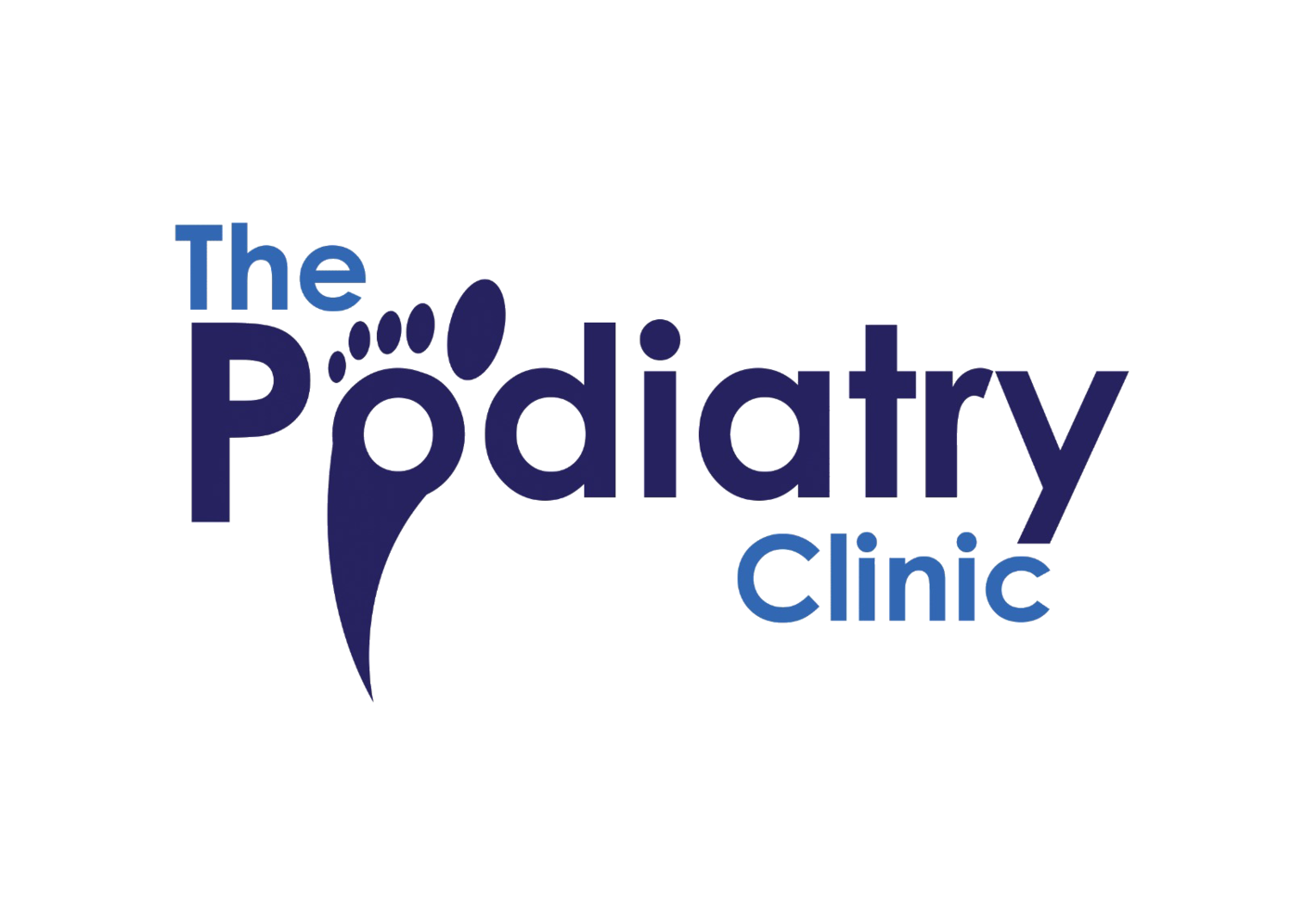
BIOMECHANICAL / MUSCULOSKELETAL ASSESSMENT
Detailed analysis of your walking and running style
Biomechanical / Musculoskeletal Assessment
Typically, podiatry research has fallen behind modern day biomechanical research.
At The Podiatry Clinic, we’ve always stayed ahead of this by regularly researching the latest biomechanical studies and developments, whilst working side by side with leaders in Biomechanics. Thus, giving us a better understanding from the foot up and the hip down.
Our job is to then translate this into podiatry for you.
Biomechanics is the science of movement of a living body, including how muscles, bones, tendons and ligaments work together to produce movement.
Biomechanics of the feet can result in changes to ankle, leg, knee, hip and lower back. The body has kinetic chains from the feet to the head and vice versa.
As you can imagine – having weakened or tight muscles, poor technique, excessive force to bone or soft tissue structures can cause pain if the tissue cannot tolerate the load – resulting in tears, inflammation, swelling, breaks, fractures etc.
Please call or email for more information.
Biomechanical Assessment
If you're not sure if you need a Biomechanical Assessment, you're probably reading this. Unfortunately, we can't tell you whether it will benefit you or not over the internet, but we can tell you what happens during the exam and how it normally helps.
The field of biomechanics, in general, is concerned with the effects of muscular and gravity forces on the human body. A Biomechanical Assessment looks at the lower limbs to see if there are any concerns with alignment or structure, as well as any strengths or weaknesses. Because our clinicians are familiar with such a large variety of tests, not every evaluation will be the same, and they will utilise their clinical judgement to administer the most relevant tests.
The examination should be performed by a medical practitioner who has access to high-tech equipment. The apparatus can be used to assess the forces in the environment.
Why Would I Need a Biomechanical Assessment?
People are rarely symmetrical, which can have an impact on how they stand and move on a daily basis. Many of us will have minor malformations like a bowed leg, one leg that is longer than the other, or pelvic torsion. While this may not appear to have a negative consequence, when we stand, walk, or run, our bodies must compensate for these anomalies. Additional issues, such as very high or low foot arches, limb length disparity, or a sports injury, might cause compensatory movement by putting extra stress on joints, muscles, and ligaments. Concerns about a range of foot pain conditions may indicate the need for an evaluation, such as:
Congenital deformities
Sports related injuries
Accident injuries
Wear and tear in maturity
Plantar Fasciitis
Achilles Tendonitis
Heel Pain
Overuse Injuries
What Treatments Can Be Offered After The Assessment?
A skilled podiatrist will recommend therapies based on your specific needs, but common foot treatments include:
Getting Orthotics fitted
Advice on exercises to increase mobility
Advice on suitable footwear
Strapping and taping

